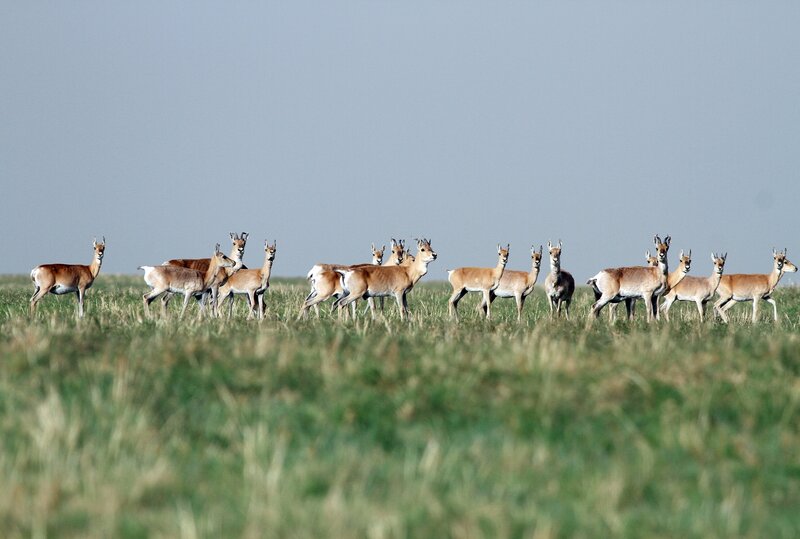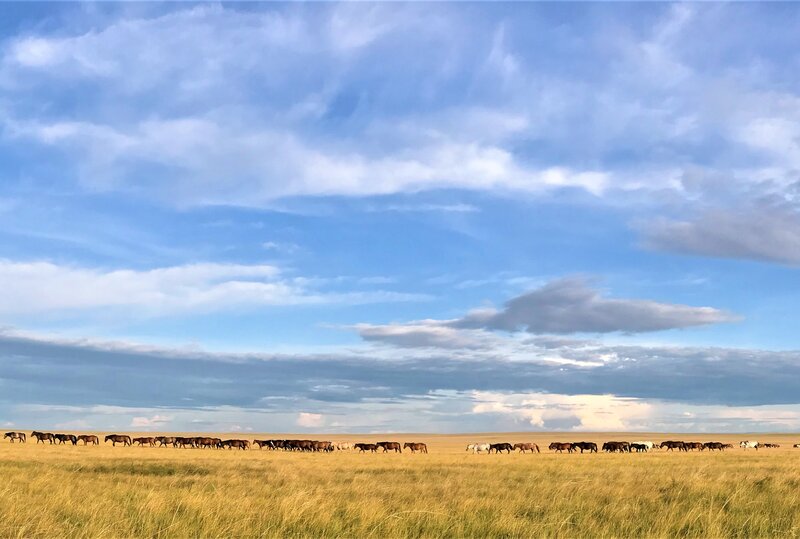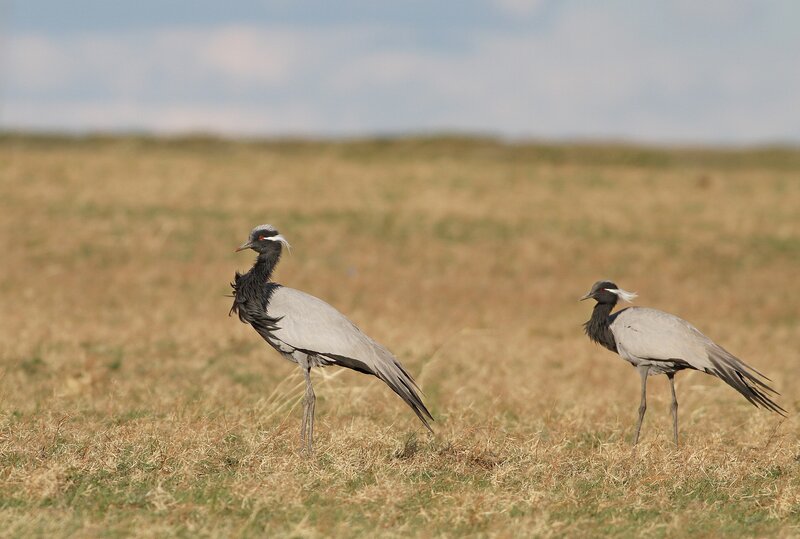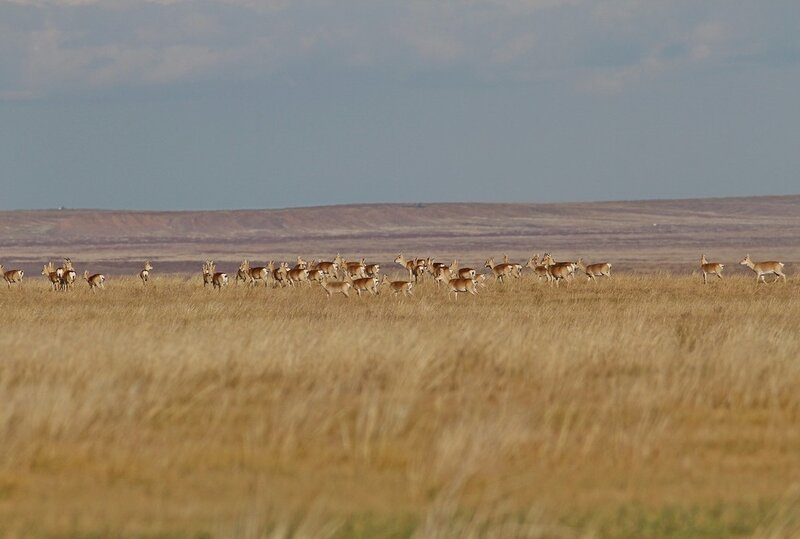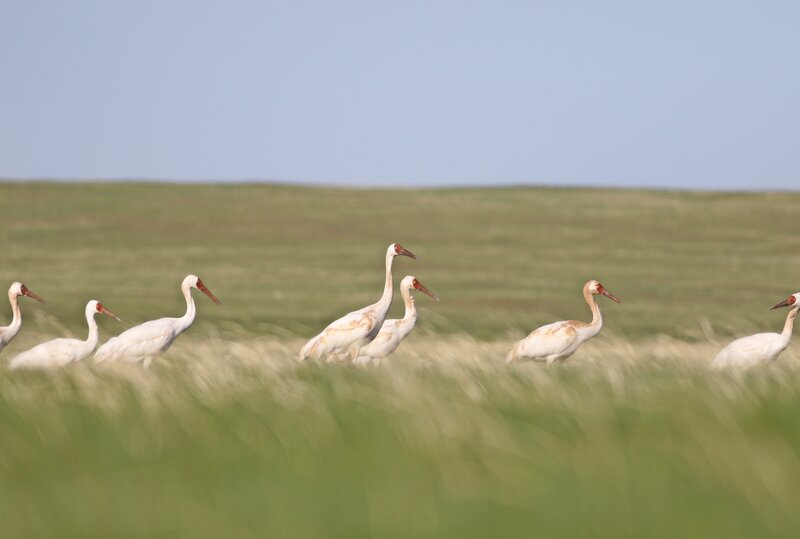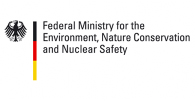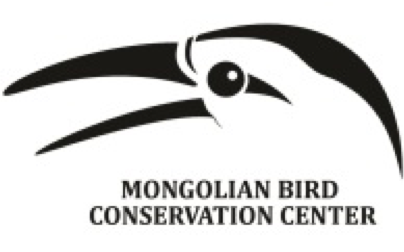Mongolia
Feasibility study for the World Heritage Nomination of the Eastern Mongolian Steppes
Mongolia’s extraordinary degree of naturalness and globally significant biodiversity requires the conservation of vast landscapes at a time when anthropogenic pressure is increasing. Although Mongolia’s national protected area system may seem impressive, its effectiveness is limited both in terms of configuration, size and representativeness. Wildlife outside of protected areas is highly vulnerable. Numerous critically important areas are under no protection regime whatsoever.
While the Temperate Grasslands biome is the most converted and least protected globally, the temperate grasslands of Mongolia are largely unconverted to this day and continue to support the full assemblage of native species and the livelihoods of half of Mongolia’s population engaged in mobile pastoralism.
However, both flora and fauna and local livelihoods are threatened by increasing resource extraction, transport infrastructure and excessive livestock levels, putting at risk outstanding natural values as well as a traditional and formerly sustainable form of livelihood.
The overall goal of the project is to contribute to the conservation of particularly valuable representations of the extraordinary ecosystems of Eastern Mongolia’s temperate grasslands by nominating them as World Heritage site. International recognition is expected to add a layer of visibility, protection and accountability in support of this objective.
The first step towards successful nomination was conducting of a comprehensive feasibility study, that would assess and specify the potential and perspectives for the successful nomination. Different field visits to the target area, literature review, expert workshops and stakeholder meetings were undertaken within the framework of the project. As a result, a comprehensive feasibility study report was developed. Within the report it was concluded that the proposed area has the potential to meet the criteria (ix) and (x) of the Operational Guidelines of the World Heritage Convention as a serial property. The five protected areas that were initially proposed for nomination by the Tentative List represent a good basis, however they should be complemented by four additional component parts. According to the first assessments the size of preliminary selected serial property would be more than 2,8 Mio hectares. The nomination process should be done in a participatory way and it should be used also as a mechanism to raise awareness, mobilize attention of different stakeholders to address relevant threats to the area. It was recommended to start the nomination as soon as possible on the basis of the feasibility study report developed within the project. The Michael Succow Foundation is continuing working in this direction to achieve successful World Heritage Nomination of the Eastern Mongolian Steppes.
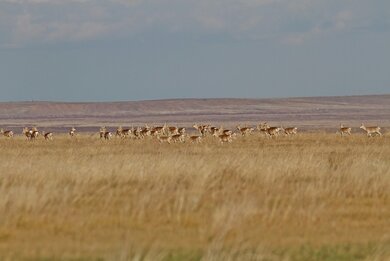
Nomination for a UNESCO World Heritage Site
Feasibility study for the World Heritage Nomination of the Eastern Mongolian Steppes
Location: Mongolia
Duration: 08.2019 - 04.2021

Nika Malazonia
Expertise: Protected area management, biosphere reserves, World heritage
Tel +49 3834 83542 19
This project is funded by the German Federal Environment Ministry’s Advisory Assistance Programme (AAP) for environmental protection in the countries of Central and Eastern Europe, the Caucasus and Central Asia and other countries neighboring the European Union. It is supervised by the Federal Agency for Nature Conservation (BfN) and the German Environment Agency (UBA).
